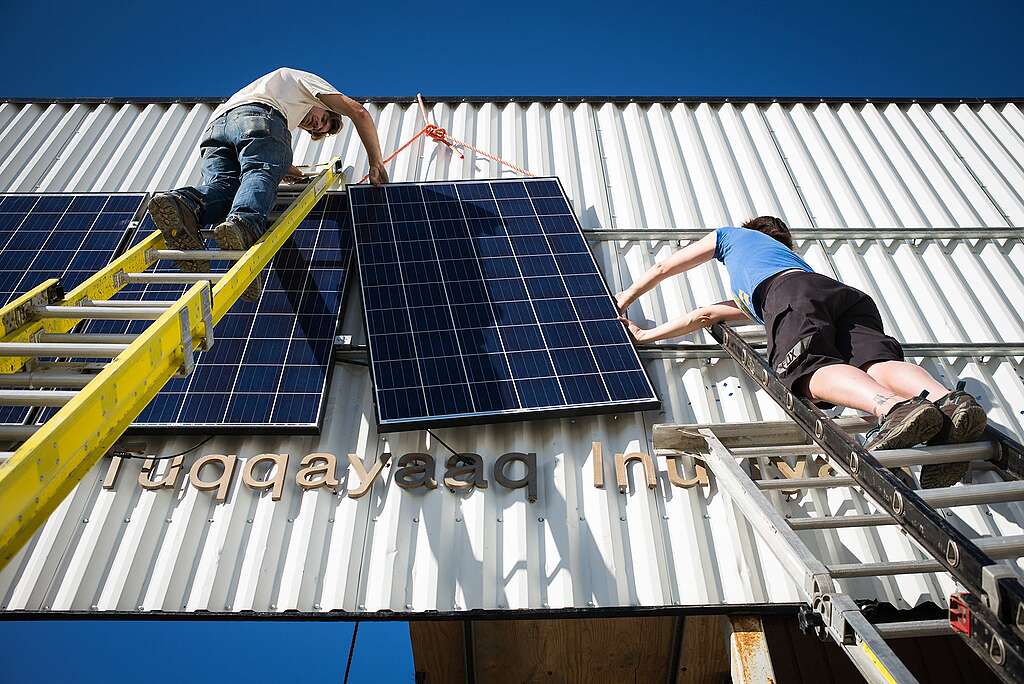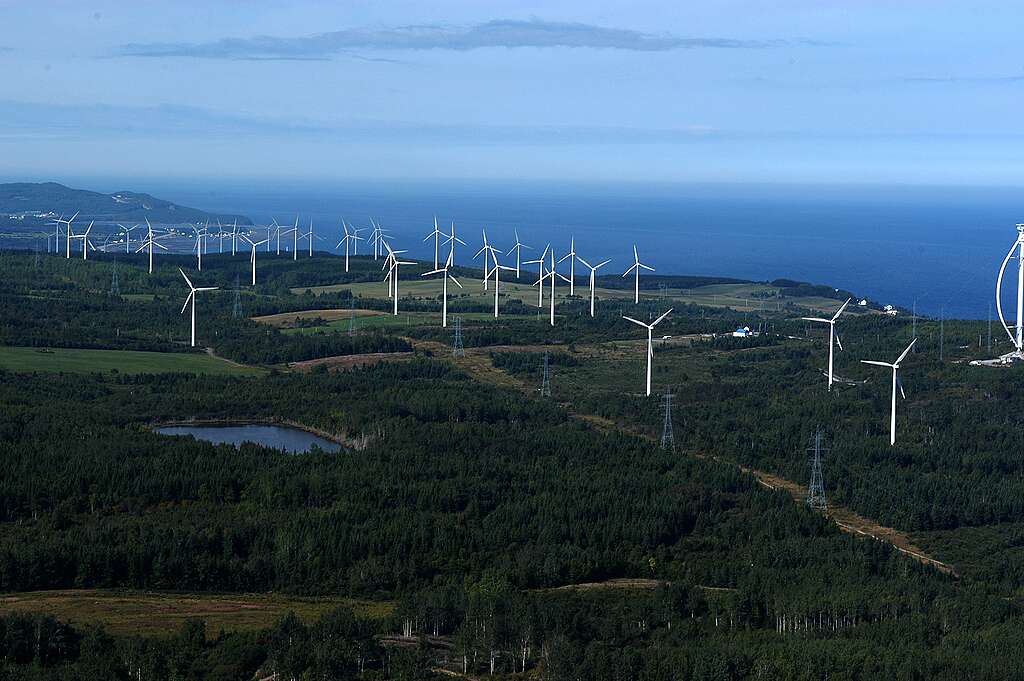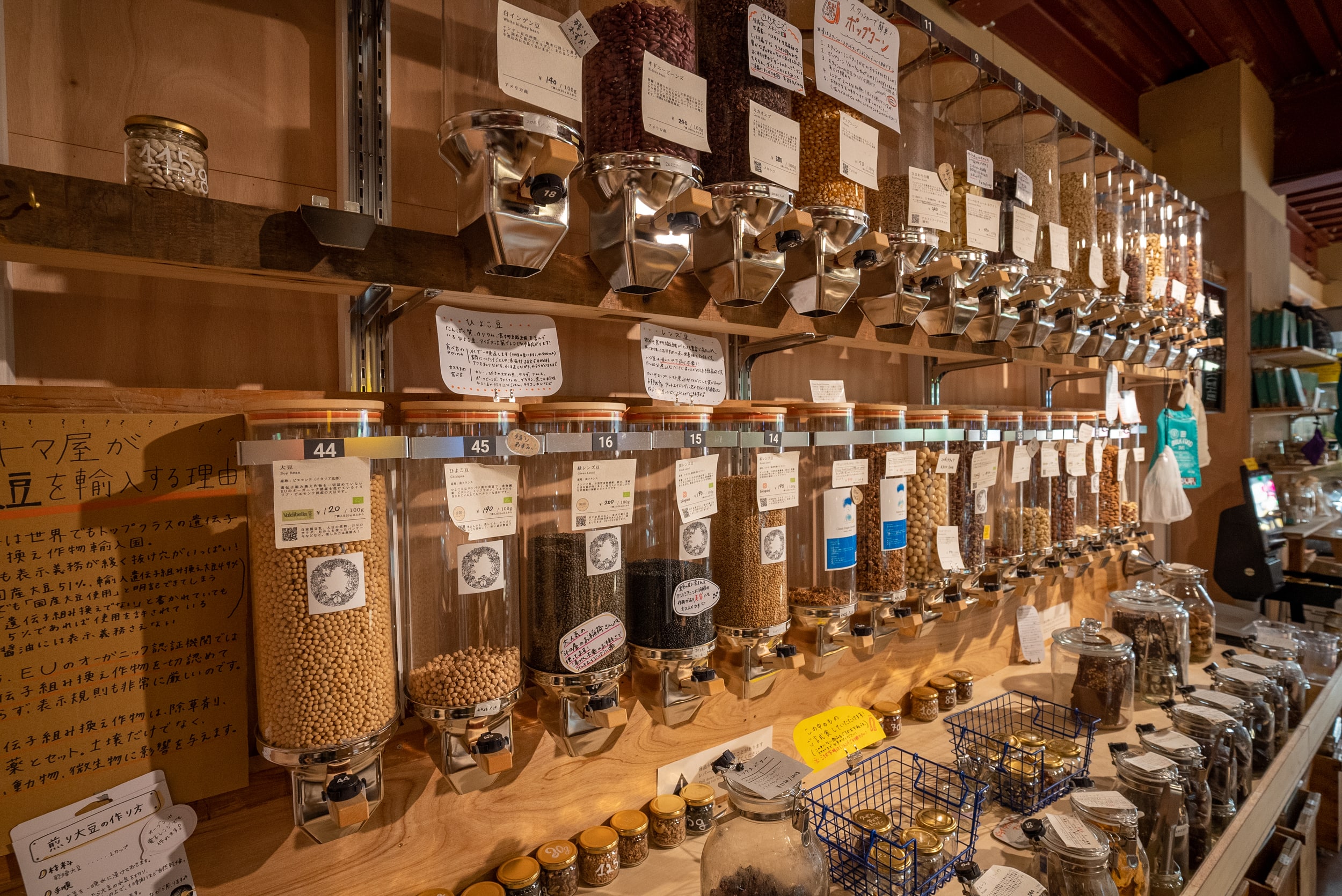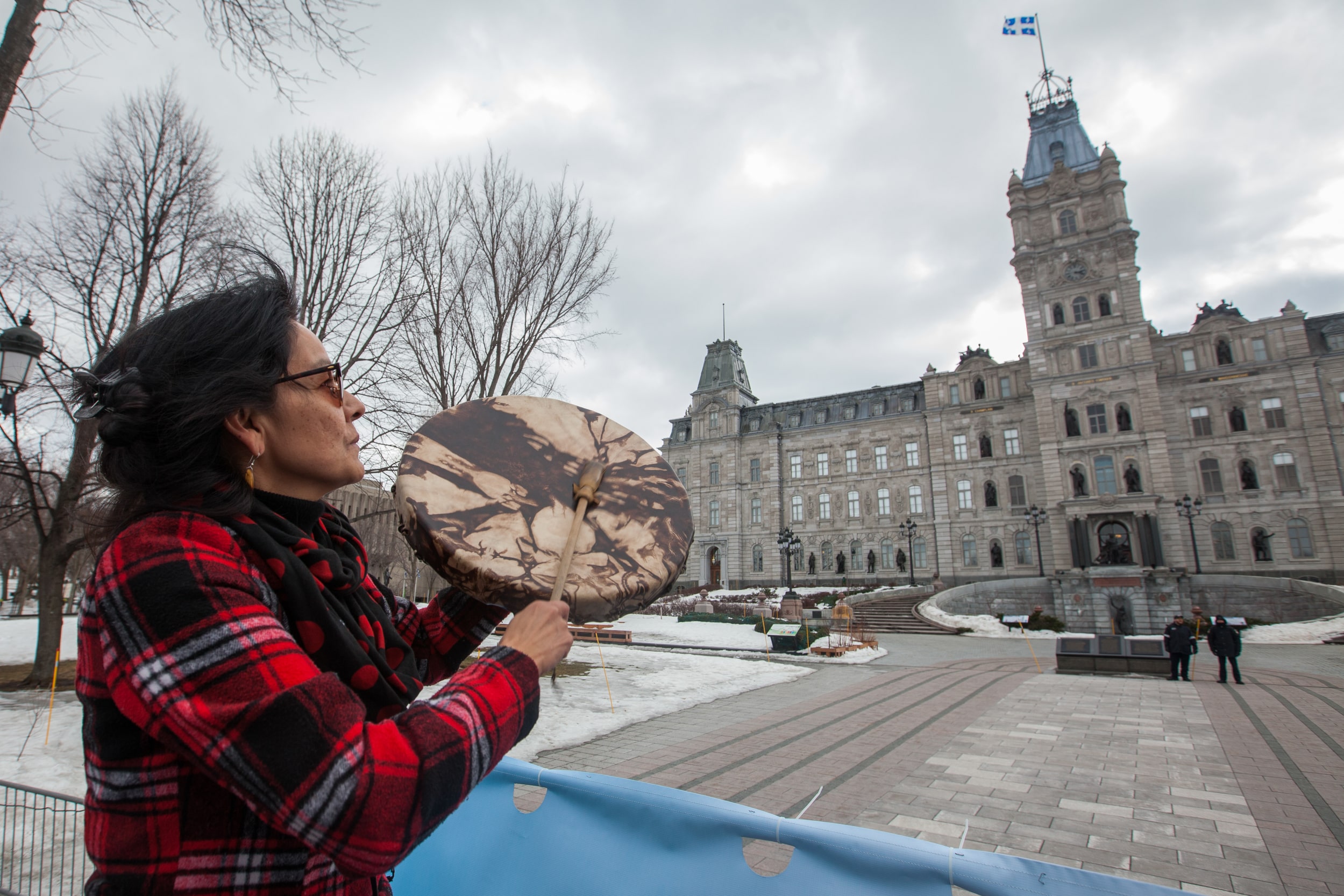It can! It’s already powering many parts of the world, and not just sunny places or science fairs.
The sun, wind, water, and other renewable sources created 30% of electricity around the world in 2023. That was a record, and the number is still rising. Renewable energy could supply almost half of the world’s electricity by 2030.
Energy from fossil fuels is polluting the air with greenhouse gases that heat up our planet and drive climate change. Switching to renewable energy will protect nature, our air, and the climate.
So let’s bust some of the biggest myths floating around about renewable energy and get to the truth.

Myth 1: Renewable energy only works when the wind blows or the sun shines
People are inventing smart ways to keep renewable power flowing, even when the weather doesn’t cooperate.
- SHARING energy: When different places connect their electricity systems, they can take power from each other when they need it. Over 30 power lines carry electricity between Canada and the United States. Provinces in Canada, like Ontario and Quebec, are also working out ways to share more energy with each other. Ontario uses energy from Quebec in the summer when people turn on their air conditioners. Quebec uses energy from Ontario in the winter when people turn on their electric heating.
- STORING energy: What if it’s a sunny or windy day, but you don’t need to use all that energy right away? Wouldn’t it be good to store some for later, like those cloudy or calm days? Storage technologies like batteries, compressed air, or giant wheels called flywheels are getting better all the time.
- SHIFTING the demand for energy: Some governments and energy companies charge less for electricity during unpopular times, like early morning or late at night. This takes pressure off the system during the most popular hours, when many people are flipping on lights or running appliances.
- SAVING energy (using less): Avoiding waste and using only the energy we need, more efficiently, is the cheapest and cleanest form of energy. For instance, people might retrofit older homes by installing solar panels or swapping gas-powered appliances with electric ones. Retrofitting a home can bring down the costs of powering it, but people with lower incomes may not be able to afford to retrofit their homes, even though they would benefit the most over time. As we make the shift to renewable energy, governments must take a leadership role so that we don’t leave anyone behind.
Together, these solutions help smooth out the ups and downs and keep energy flowing.

Myth 2: Renewable energy is too expensive
That might have been true years ago, but not anymore.
Today, renewable energy is the cheapest choice in most parts of the world, including Canada. It’s getting cheaper all the time, thanks to improving technologies and better storage systems. The costs also drop as more people use it – the more we make, the cheaper it is to make.
Finally, let’s not forget the cost of sticking with fossil fuels. If we don’t switch to renewables, we risk more extreme weather, nature destruction, health problems, and billions of dollars in emergency responses, like evacuations after wildfires. We’re already paying more to insure our homes against these increasingly common disasters. Compared to that, clean energy is a bargain.
Fact: The future we want runs on renewable energy
Renewable energy isn’t some sci-fi fantasy. It’s already here, powering homes, public transit systems, and even entire cities. It’s cheaper, cleaner, and way less destructive than digging up and burning fossil fuels.
And the good news is that Canada has sun and wind power it’s not even using yet. The strong winds that blow off the coasts of Atlantic Canada could provide some of the best wind power in the world. Parts of sunny southern Alberta, Saskatchewan, and Manitoba are perfect for solar power.
You can push decision makers at every level to phase out fossil fuels, invest in clean energy, and build more homes that use energy more efficiently. You can also urge them to support Indigenous-led energy projects and put climate justice at the heart of every decision. And if you want to make your voice louder? Join with others or take action with an environmental organization.
We can power the planet without fossil fuels.. It’s time to choose clean energy and a better, healthier, and fairer future for everyone.



